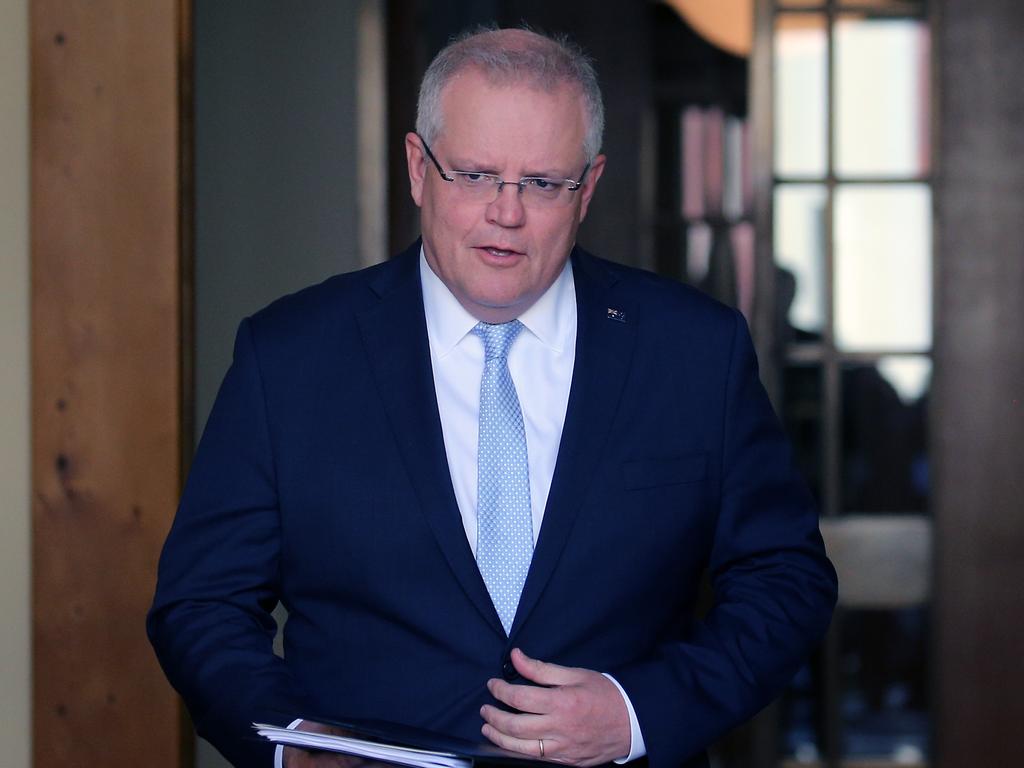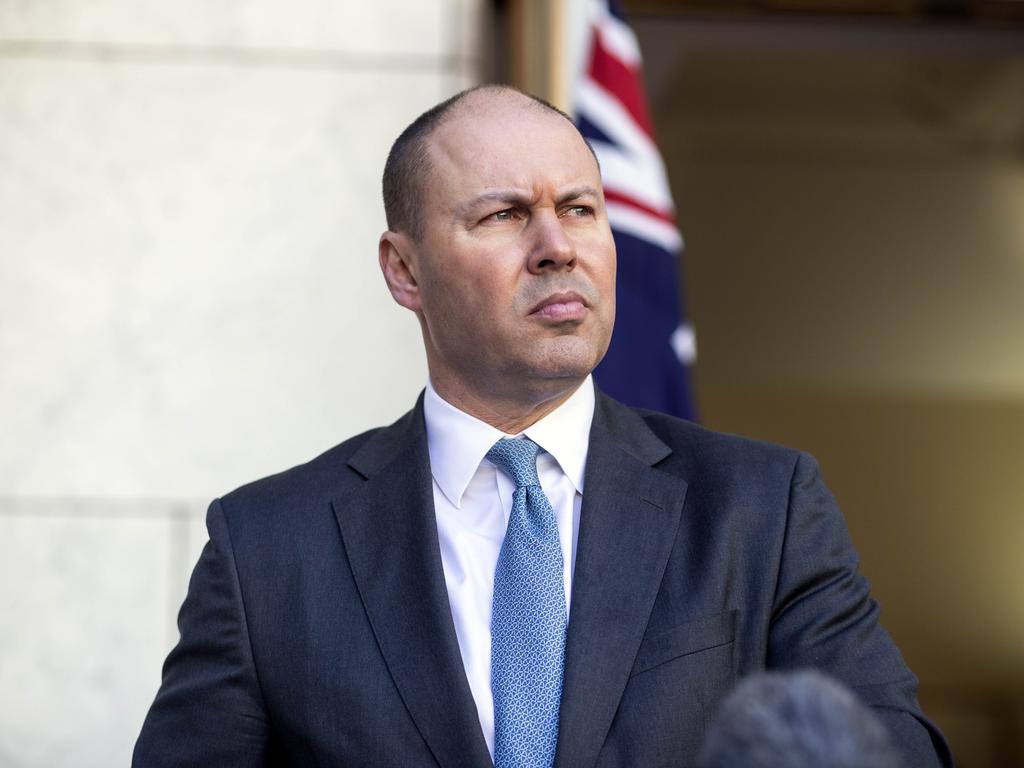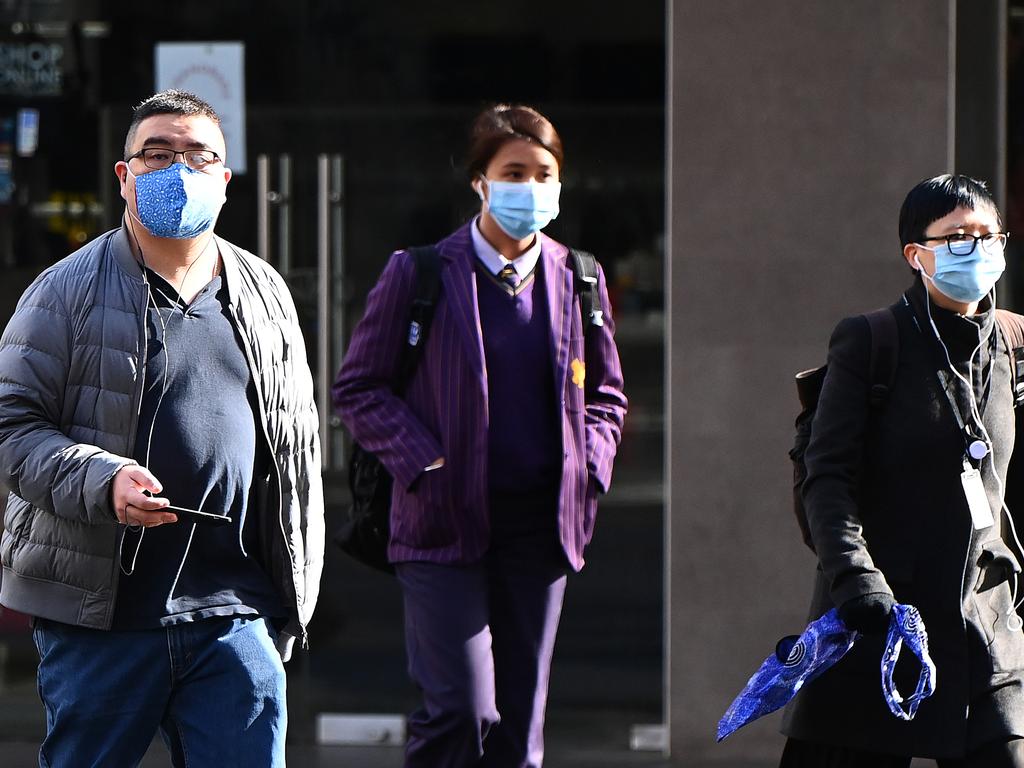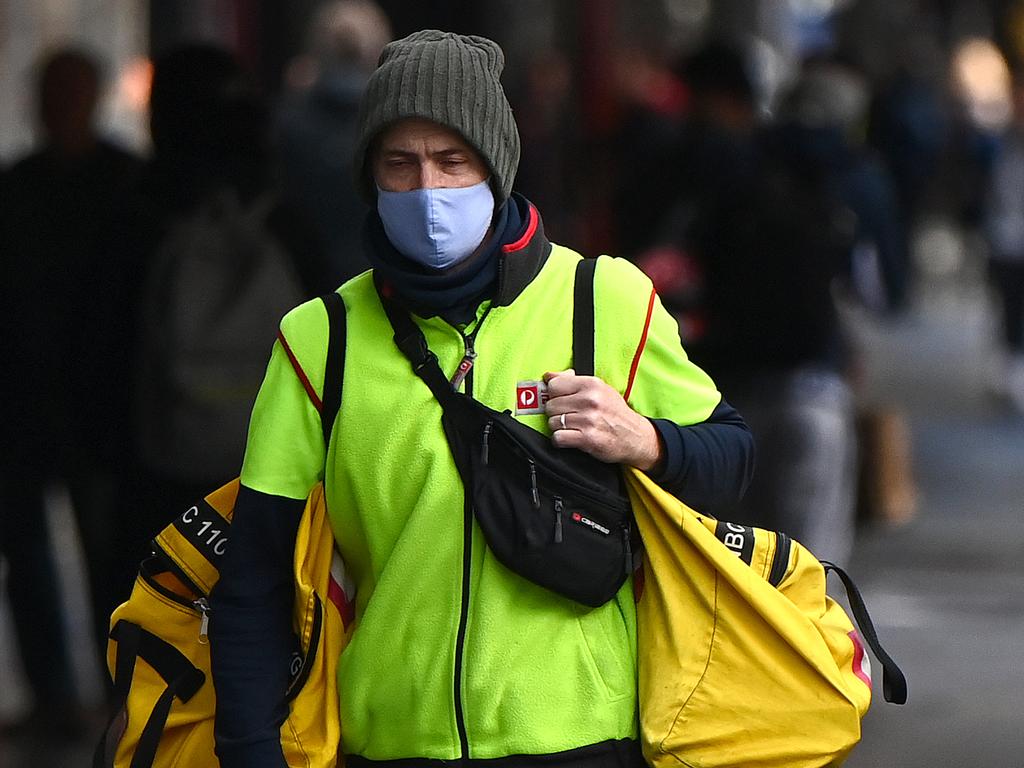JobKeeper: 2 million Aussies to be kicked off wage subsidy scheme
Sweeping changes announced by PM Scott Morrison on Tuesday will see more than two million workers kicked off the JobKeeper scheme.
More than two million workers will be kicked off the new revamped $1200 wage subsidy JobKeeper this year in a move that is expected to spike the unemployment rate.
The Prime Minister Scott Morrison announced the long-awaited changes on Tuesday, revealing the payments will also be reduced from $1500 to $1200 a fortnight.
The reason why millions of workers will no longer qualify for the wage subsidy is the new turnover test, which will require companies to prove they are still 30 per cent down on normal turnovers over two quarters.
The good news is that’s a sign the economy is recovering faster than expected, but it could prove bad news for businesses that can no longer afford to keep the same number of workers without the JobKeeper subsidy.
The single largest economic measure that any Australian Government has ever taken, JobKeeper is currently supporting 960,000 businesses and 3.5 million workers.
But that’s all about to change at the end of September when just 1.4 million workers are expected to qualify under the new rules – two million fewer workers. Next year, it’s expected only one million workers will qualify.
RELATED: Dole payments set to be slashed
RELATED: PM reveals how JobKeeper will be cut

HOW THE NEW TURNOVER TEST WILL WORK FOR JOBKEEPER
Companies will face the same turnover test – a 30 per cent downturn – but new checks that they haven’t bounced back after early lockdowns.
“These tests remain the same but they will be reapplied at the end of September and again at the start of January,’’ Treasurer Josh Frydenberg said.
“Employers will need to demonstrate that they have met the relevant decline in turnover in both the June and September quarters to be eligible for the JobKeeper payment in the December quarter, and employers will need to demonstrate that they have met the relevant decline in each of the previous three-quarters ending on 31 December, 2020 to remain eligible for the payment in the March quarter 2021.
“As the economy gradually improves, the Treasury expects that the number of JobKeeper recipients will reduce substantially. With around 1.4 million people remaining eligible in the December quarter 2020 and 1 million in the March quarter 2021.”

OLD RATE OF JOBKEEPER AND JOBSEEKER WON’T CHANGE UNTIL OCTOBER
The old rate of JobKeeper will still apply until the end of September, but after that date companies will need to prove they are still 30 per cent down on turnover based over two quarters from March, 2020 to September 2020.
That means that companies that are still experiencing a downturn in revenue of 20 per cent on average will no longer qualify for the wage subsidy for workers.
Prime Minister Scott Morrison said today the “game changer” wage subsidy had saved thousands of jobs that would otherwise have been lost, forcing workers into the unemployment queue.
“Already just over $30 billion has been provided in support through the JobKeeper Program to almost a million businesses – 960,000, thereabouts – supporting some 3.5 million employees,’’ he said.
“The review has found … that has been well targeted, it has been effective in stemming the loss of business closures and job losses, that it has saved businesses and it has saved livelihoods.
“That is the feedback that I have been getting direct as I have spoken to Australians, employees, employers, all around the country. It has been the game-changer for them.”
PART-TIME RATE FOR JOBKEEPER WILL SLASH $1500 PAYMENT TO JUST $750
A Treasury review of JobKeeper found around one in four workers were actually overpaid under the original scheme by around $550 a fortnight or $7000 over six months.
That’s because it paid a flat-rate regardless of whether workers were full-time or part-time. Those overpayments were worth an estimated $6 billion.
Under the changes, a new part-time JobKeeper rate will be worth $750 from October and $650 from next year.
Labor’s treasury spokesman Jim Chalmers said the Prime Minister’s change of heart over a harsh “snap back” was welcomed but the overpayments were a mess because other workers were denied JobKeeper.
“We shouldn’t forget the government has now fessed up to borrowing $6 billion to fund overpayments while other Australians missed out,’’ he said.
But the PM doesn’t believe it was a mistake.
“The alternative was to not have those payments to those workers at all. If you were a part-time worker or a long-time casual, the only option to us in those circumstances at this time is they would not have received a JobKeeper and they would have gone into the JobSeeker queues,’’ he said.

WHAT IF I AM FORCED ONTO JOBSEEKER HOW MUCH DO I GET?
If you’re currently on JobSeeker you will secure the current rate of $1100 a fortnight all the way through until the end of September.
After that date, you will be able to earn more in a part-time job but the amount you are paid under JobKeeper will reduce to $815.
The base rate of JobKeeper is still $565 but the current $550 a fortnight coronavirus supplement currently bumps that amount up to $1100.
Under the new changes, the value of that supplement will be slashed by more than half to just $250. But you can top up your income by earning up to $300 in a part-time job if you can find one.
YOU CAN NOW EARN $300-A-WEEK PART-TIME AND KEEP JOBSEEKER
To encourage unemployed workers to find part-time work where they can, the Prime Minister has confirmed that job seekers can now earn up to $300 a week and keep their JobSeeker benefits.
From September 25, 2020, the assets test and the Liquid Assets Waiting Period will be reintroduced and the JobSeeker Payment partner income test will increase from 25 cents for every dollar of partner income earned over $996 per fortnight to 27 cents for every dollar of partner income earned over $1165 per fortnight.
The Government will also improve incentives to work by increasing the income free area for JobSeeker Payment and Youth Allowance (Other) from $106 per fortnight to $300 per fortnight and will simplify the taper rate from a dual taper of 50 cents and 60 cents to a single taper of 60 cents.
This will mean recipients are more easily able to calculate the value of every dollar they earn.
“For JobSeeker, we’re increasing the income-free area that is available to those who are on JobSeeker to $300. That means you can earn $300 without it affecting any of your JobSeeker payments,’’ Mr Morrison said.
“We’re adjusting the COVID supplement down to $250. So that means you can earn $300 where you may have been getting $550 before, you can earn $300 and then there’s the $250 supplement that will come through the COVID Supplement and that will run out
till the end of this year.”

TOUGHER RULES FOR JOBSEEKERS
After suspending the mutual obligation rules during the early stages of the COVID-19 pandemic, the Prime Minister flagged plans to phase back in the return to requirements that the unemployed prove they are looking for work.
“We will be reintroducing mutual obligation in two phases – from 4 August we will be requiring people to connect again to employment services and to undertake four job searches a month and – the penalties regime will kick in if people refuse a job that has been provided and offered through that process,’’ Mr Morrison said.
“So if there is a job to be taken and a job that is being offered, then it is an obligation, a mutual obligation, for those who are on JobSeeker to take those jobs where they’re on offer. This is important as we move through the next phase.
“In the second phase which will be at the end of September, we will be moving to a higher rate of job search.”
HOW MUCH WILL THIS ALL COST?
Extending the increased JobSeeker payments will cost $3.8 billion dollars. The extension of JobKeeper will cost around $16.6 billion.
Originally published as JobKeeper: 2 million Aussies to be kicked off wage subsidy scheme




